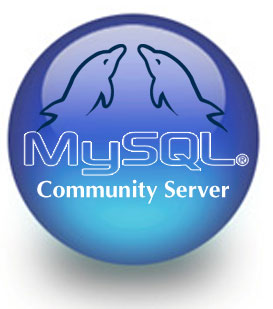How to quickly create a docker image with mysql and import sql file

I need quick and easy way to restore some of my MySQL databases from sql files. I don’t want to install MySQL on my machine, so I decided to use Docker. I created a simple bash script that will do all the work for me.
Here is a full recipient:
#!/bin/bash
# Pull the latest MySQL image
docker pull mysql:latest
# Run the MySQL container
docker run --rm --name mysql-container -e MYSQL_ROOT_PASSWORD=qwe123 -p 3307:3306 -d mysql:latest
# Wait for MySQL server to start
echo "Waiting for MySQL server to start..."
sleep 30
# Create the database
docker exec -i mysql-container mysql -uroot -pqwe123 -e "CREATE DATABASE mydatabase;"
# Copy the SQL file into the Docker container
docker cp /path/to/your/database.sql mysql-container:/database.sql
# Import the SQL file into the MySQL database
docker exec -i mysql-container mysql -uroot -pqwe123 mydatabase -e "source /database.sql"
echo "Done."
Wait what? What is going on here?
This bash script is designed to restore a MySQL database from a SQL file using Docker. Here’s a step-by-step explanation of what the script does:
docker pull mysql:latest: This command pulls the latest MySQL image from Docker Hub. Docker images are lightweight, standalone, and executable packages that include everything needed to run a piece of software, including the code, a runtime, libraries, environment variables, and config files.docker run --rm --name mysql-container -e MYSQL_ROOT_PASSWORD=qwe123 -p 3307:3306 -d mysql:latest: This command runs a new Docker container namedmysql-containerusing the latest MySQL image. The--rmoption tells Docker to automatically clean up the container and remove the file system when the container exits. The-eoption is used to set environment variables, in this case, the MySQL root password. The-poption maps the host’s port 3307 to the container’s port 3306. The-doption runs the container in detached mode, meaning it runs in the background.echo "Waiting for MySQL server to start..."andsleep 30: These lines print a message to the console and then pause the script for 30 seconds. This is done to give the MySQL server inside the Docker container enough time to start up.docker exec -i mysql-container mysql -uroot -pqwe123 -e "CREATE DATABASE mydatabase;": This command executes themysqlcommand inside the running Docker container to create a new database namedmydatabase. The-ioption is used to keep STDIN open even if not attached, which allows you to input the MySQL root password.docker cp /path/to/your/database.sql mysql-container:/database.sql: This command copies the SQL file from your local machine to the Docker container. Replace/path/to/your/database.sqlwith the actual path to your SQL file.docker exec -i mysql-container mysql -uroot -pqwe123 mydatabase -e "source /database.sql": This command executes themysqlcommand inside the Docker container to import the SQL file into the MySQL database.echo "Done.": This line simply prints “Done.” to the console to let you know that the script has finished running.
Remember to replace qwe123 with your desired MySQL root password, mydatabase with the name of your database, and /path/to/your/database.sql with the path to your SQL file. Also, note that the MySQL server inside the Docker container is exposed on port 3307 of your host machine.
